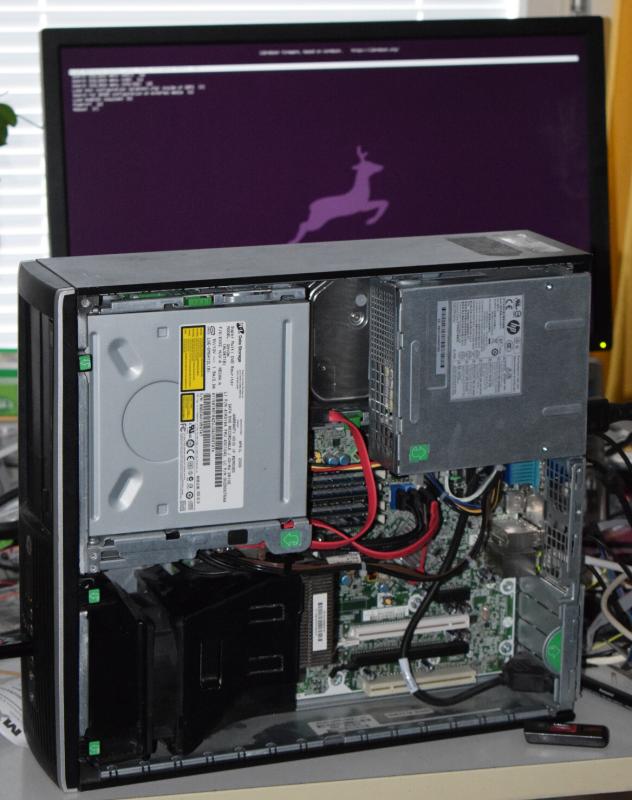

| ***Specifications*** | |
|---------------------------|---------------------------------------------|
| **Manufacturer** | HP |
| **Name** | Compaq 8200 Elite SFF |
| **Released** | 2011 |
| **Chipset** | Intel Q67 |
| **CPU** | Intel Sandy/Ivy Bridge |
| **Graphics** | Intel HD Graphics or PCI-e low profile card |
| **Memory** | Up to 32GB (4x8GB) |
| **Architecture** | x86_64 |
| **Intel ME/AMD PSP** | Present, neutered |
| **Flash chip** | SOIC-8 8MiB |
| ***Payloads supported*** | |
|---------------------------|-------|
| **GRUB** | Works |
| **SeaBIOS** | Works |
| **SeaBIOS with GRUB** | Works |
Introduction
============
Libreboot has support for this, in the Git repository and release versions
from 20230423 onwards.
Brief board info
----------------
HP Elite 8200 SFF is a small-form-factor desktop of Intel Sandybridge platform
which you can read more about here:



